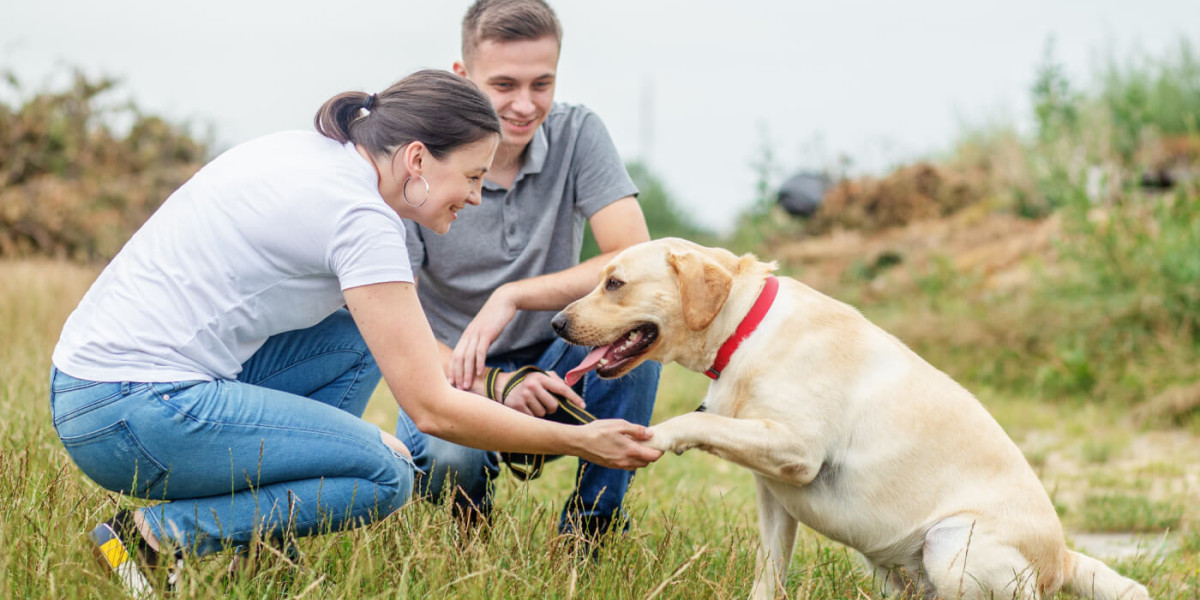When you welcome a dog into your home, you embark on a journey filled with joy, companionship, and a set of responsibilities that include pet waste management. While it may seem like a simple task, effective pet waste management plays a crucial role in maintaining the health of your family, pets, and the environment. In this comprehensive article, we will explore the significance of pet waste management, its impact on health and the environment, and practical strategies for implementation.
The Importance of Pet Waste Management
Understanding why pet waste management is essential is the first step towards responsible pet ownership. Here are several key reasons:
1. Health Risks
Dog waste can contain harmful pathogens, including bacteria, viruses, and parasites that pose significant health risks. Common pathogens found in pet waste include:
- E. coli: This bacterium can lead to severe gastrointestinal issues.
- Salmonella: Often associated with food poisoning, it can spread from contaminated waste.
- Giardia: This parasite can cause gastrointestinal problems in both pets and humans.
Failure to properly manage pet waste can lead to contamination of your home environment and pose health risks to your family and other pets.
2. Environmental Impact
Pet waste management is not only a matter of personal hygiene; it also affects the environment. Here are some ways improper waste disposal can harm our surroundings:
Water Pollution: When it rains, pet waste can wash into storm drains, eventually reaching rivers, lakes, and oceans. This runoff can introduce harmful bacteria and nutrients into these water bodies, leading to pollution and algal blooms that threaten aquatic life.
Soil Contamination: Pet waste left in yards can contaminate the soil with harmful bacteria and parasites, potentially affecting plant life and other animals that may come into contact with it.
3. Community Responsibility
Proper pet waste management sets a positive example for other pet owners and contributes to a cleaner community. A neighborhood that prioritizes cleanliness creates a more enjoyable environment for everyone.
4. Aesthetic Value
A yard littered with pet waste is unattractive and can detract from your home’s curb appeal. Keeping your yard clean enhances its aesthetic value and makes it a welcoming space for family and friends.
Strategies for Effective Pet Waste Management
Now that we understand the importance of pet waste management, let’s explore practical strategies to manage pet waste effectively.
1. Establish a Routine
Creating a routine for pet waste management can make the task less daunting and ensure that waste doesn’t accumulate.
Daily Clean Ups: Depending on your dog's size and habits, daily clean-ups may be necessary. If your dog has a designated elimination area, make it a habit to check that spot daily to collect waste promptly.
Scheduled Deep Cleaning: In addition to daily clean-ups, consider setting a weekly schedule for deeper cleaning. This might involve sanitizing your yard or inspecting less-frequented areas.
2. Gather Essential Supplies
To facilitate pet waste management, equip yourself with the necessary supplies:
Biodegradable Waste Bags: Opt for high-quality biodegradable bags designed for pet waste. These bags break down more easily than traditional plastic, making them an environmentally friendly choice.
Pooper Scooper: A pooper scooper can make the task easier by allowing you to pick up waste without direct contact. Choose one that suits your needs—there are various designs available.
Designated Waste Bin: Set up a specific bin for disposing of pet waste. This could be a simple trash can lined with a biodegradable bag for easy disposal.
Cleaning Solutions: Having pet-safe cleaning solutions on hand for sanitizing areas where your dog eliminates can help eliminate odors and harmful bacteria.
3. Use Proper Disposal Methods
Disposing of pet waste properly is a critical component of pet waste management. Here are some methods to consider:
Biodegradable Bags: When using biodegradable bags, check local regulations to see if composting options are available. If not, dispose of the bag in your designated waste bin for regular trash collection.
Composting: Some communities allow composting of pet waste. Ensure you follow local guidelines and use a dedicated compost bin, as pet waste should not be mixed with food compost.
Waste Stations: If you frequent parks or community spaces, look for pet waste stations. These stations often provide bags and disposal options, promoting responsible waste management.
4. Monitor Your Pet's Health
Regularly observing your pet’s waste can serve as a health check. Changes in consistency, color, or frequency may indicate dietary issues or health concerns. Here’s how to monitor effectively:
Keep a Log: Keep a log of your dog’s elimination habits. Note any changes in frequency, appearance, or behavior and consult your veterinarian if you notice anything unusual.
Watch for Symptoms: Be aware of any signs of illness in your dog, such as diarrhea, vomiting, or changes in appetite, and report these to your veterinarian.
Addressing Common Challenges in Pet Waste Management
As a new pet owner, you may encounter several challenges in your pet waste management efforts. Here are a few common issues and how to address them:
1. Forgetfulness
It’s easy to forget to clean up, especially if you’re busy or distracted. To combat this:
Set Reminders: Use your phone or calendar to set reminders for daily clean-ups. Make it a part of your routine, similar to feeding or walking your dog.
Incorporate Clean-Up into Walks: Carry bags during walks and pick up waste immediately. This reinforces the habit of cleaning up right away.
2. Indoor Accidents
If your dog has an accident indoors, act quickly. Use disinfectant wipes or a pet-safe cleaning solution to clean the area immediately. Proper indoor training can help minimize these occurrences.
3. Refusal to Eliminate in Designated Areas
Sometimes, dogs may refuse to eliminate in the designated area you’ve set up. Here’s how to encourage them:
Positive Reinforcement: Use treats and praise to reward your dog when they eliminate in the correct area. This creates a positive association with that spot.
Consistency: Take your dog to the designated area consistently, especially after meals or playtime, to reinforce the habit.
Creating a Pet-Friendly Environment
To facilitate effective pet waste management, consider creating a pet-friendly environment in your yard:
1. Designated Bathroom Spot
Choose a specific spot in your yard for your dog to eliminate. This will help contain waste in one area and make clean-up easier.
2. Use Barriers
If you have a large yard, consider using barriers to keep your dog contained to the designated elimination area. This can help manage waste and reduce the chances of accidents in other parts of the yard.
3. Landscaping Considerations
Choose pet-friendly landscaping options. Certain plants can be harmful to dogs, while others may be more resilient to waste. Research and select appropriate flora that can withstand your pet's needs.
Educating Others About Pet Waste Management
Promoting responsible pet waste management goes beyond your own yard. Here are ways to educate others:
1. Community Events
Participate in or organize community clean-up events. This can raise awareness about the importance of pet waste management and encourage others to take action.
2. Use Social Media
Leverage social media platforms to share information and tips about pet waste management. Engaging posts can help spread awareness and promote better practices among fellow pet owners.
3. Talk to Neighbors
Engage in conversations with your neighbors about their pet waste management practices. Share tips and resources to encourage a cleaner community.
The Environmental Impact of Pet Waste Management
Understanding the environmental consequences of neglecting pet waste management can motivate responsible actions. Here are some additional insights:
1. Water Pollution
Pet waste that is not disposed of properly can lead to water pollution. When it rains, waste can wash into storm drains, contaminating local waterways. This can have serious implications for wildlife and human health.
2. Soil Degradation
Pet waste left in the yard can contribute to soil degradation. High nitrogen levels from dog waste can lead to burned patches in your lawn, while harmful bacteria can disrupt the balance of beneficial microorganisms in the soil.
3. Community Aesthetics
A neighborhood littered with pet waste detracts from the beauty of homes and public spaces. Keeping your space clean not only enhances your property’s aesthetic but also shows respect for your neighbors.
Conclusion
In conclusion, effective pet waste management is a fundamental aspect of responsible pet ownership that every dog owner should prioritize. By understanding its importance, gathering the right supplies, establishing a routine, and employing effective management techniques, you can ensure a clean and healthy environment for both your pet and your family.



